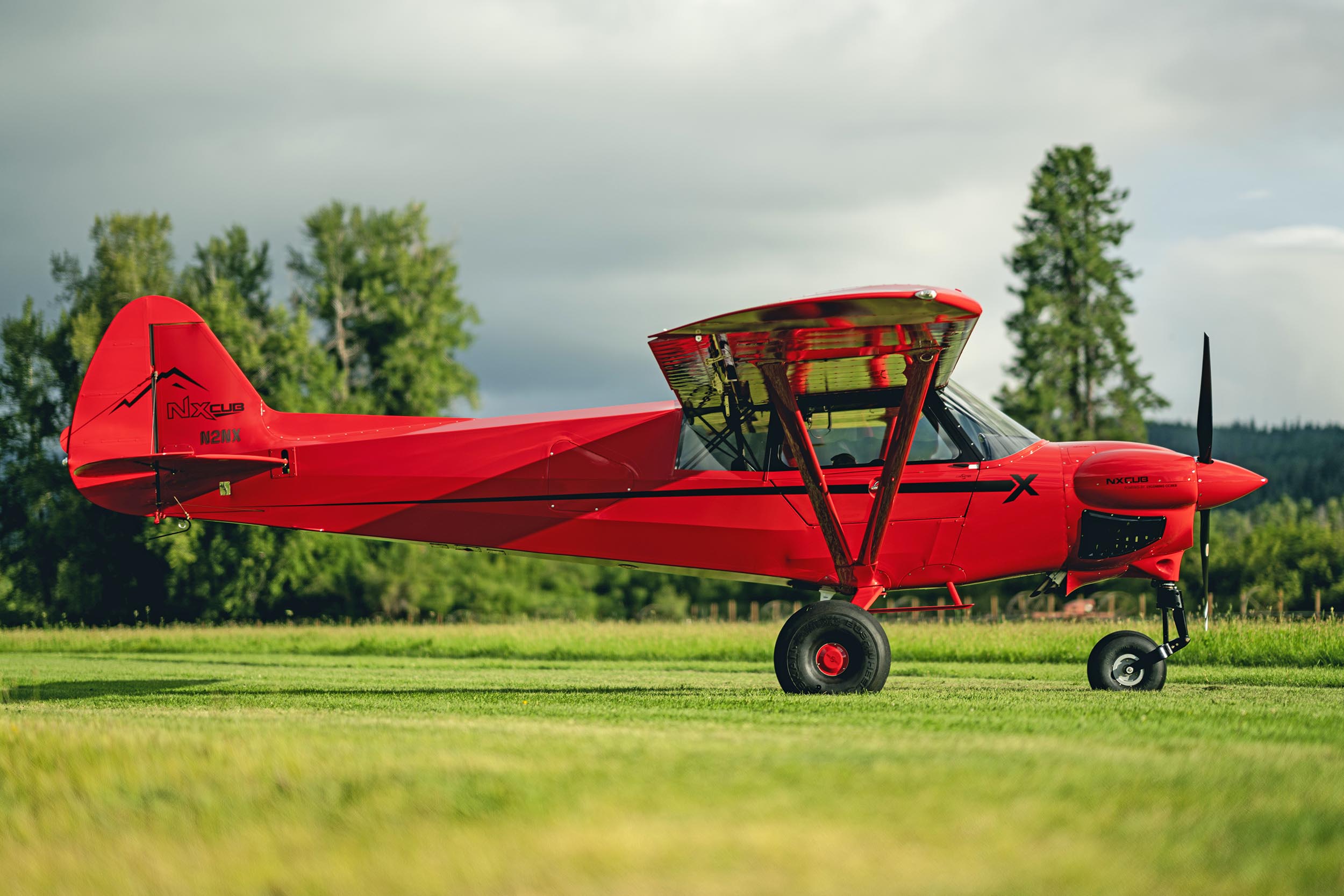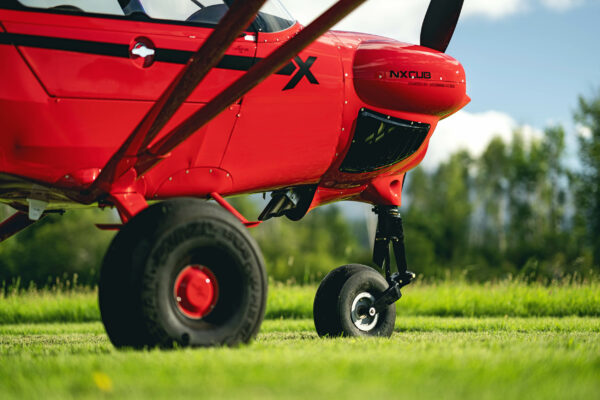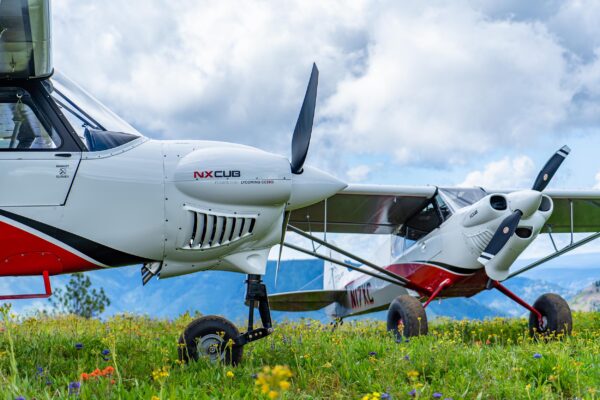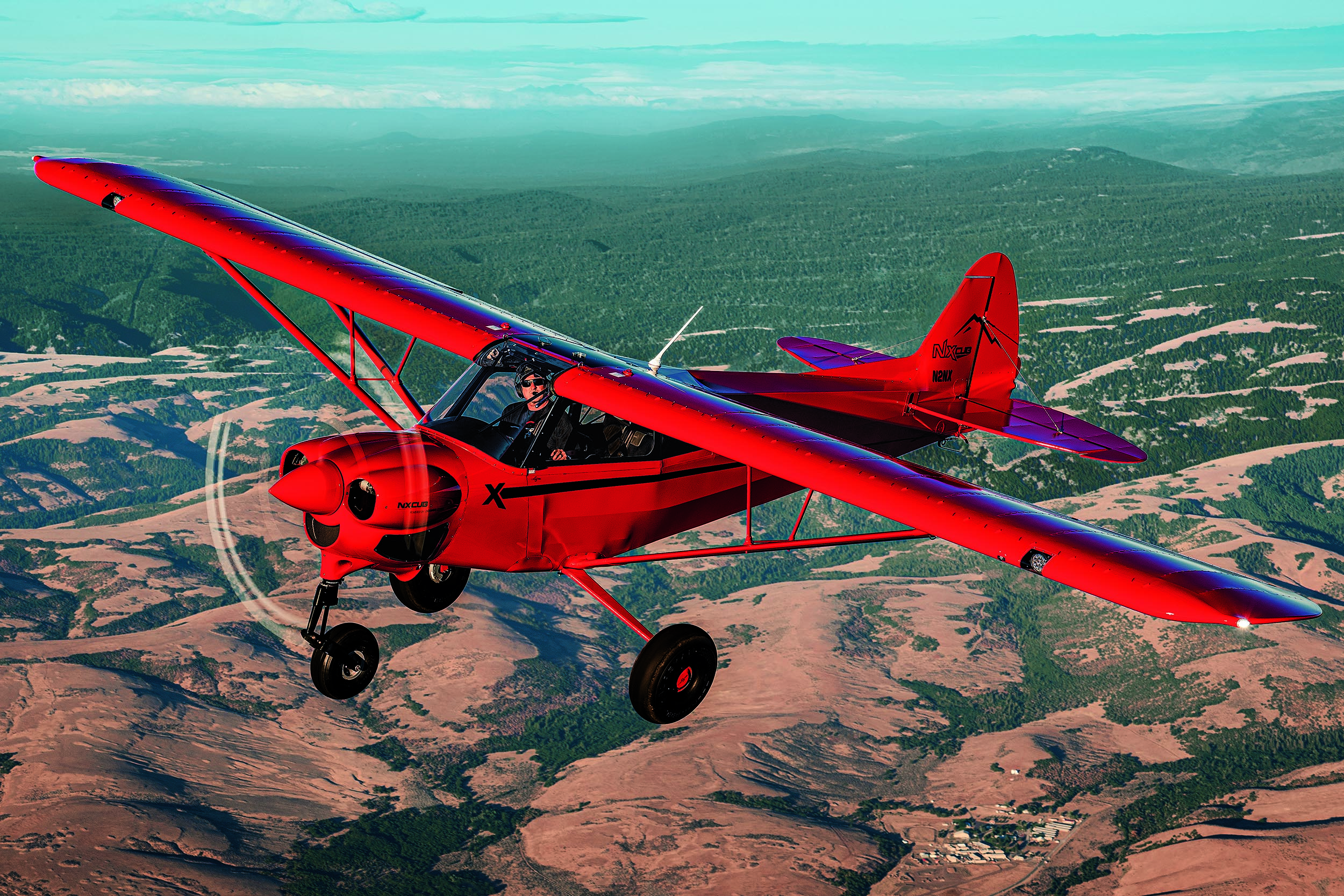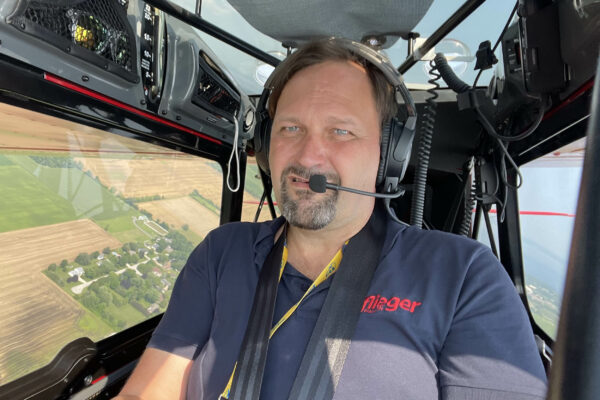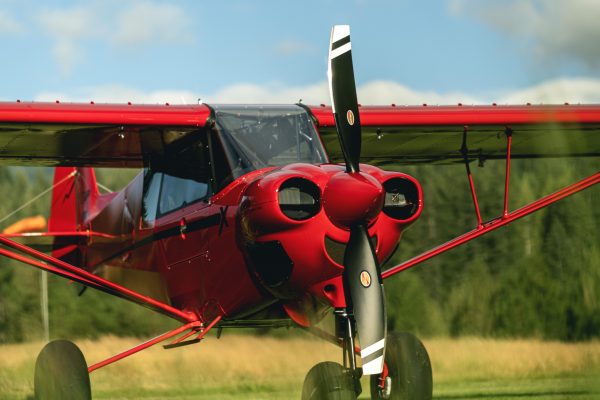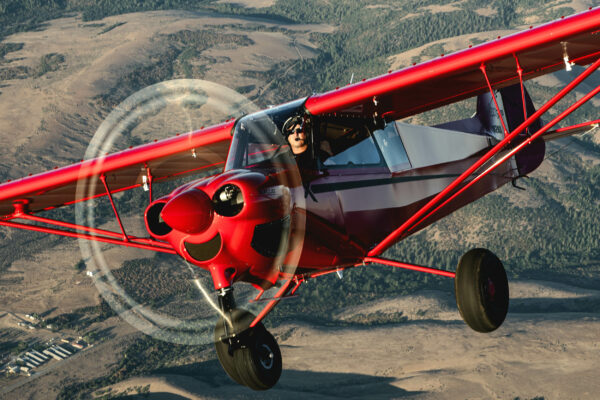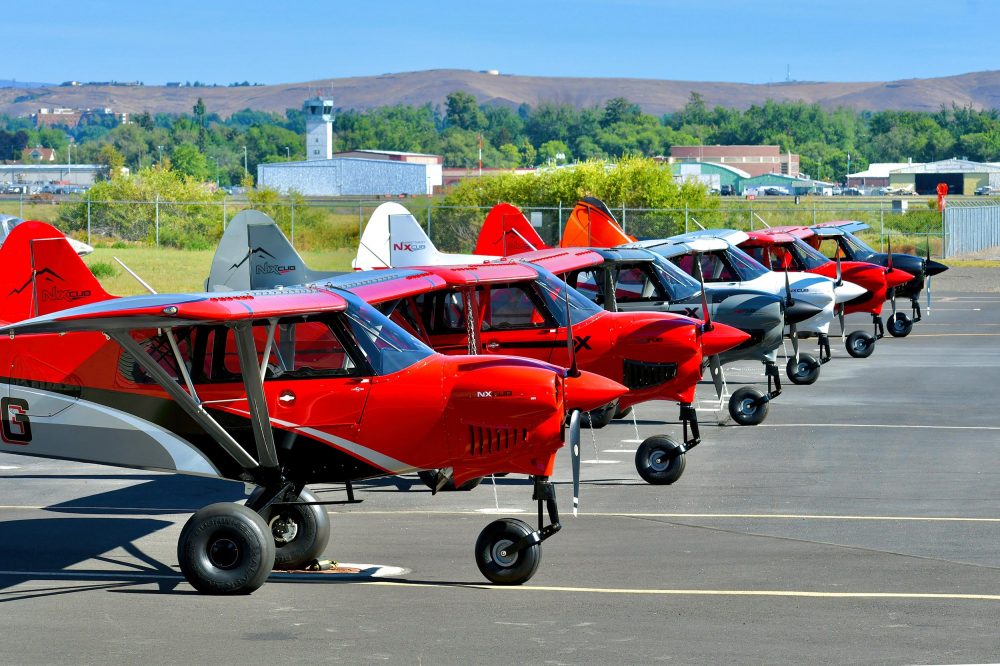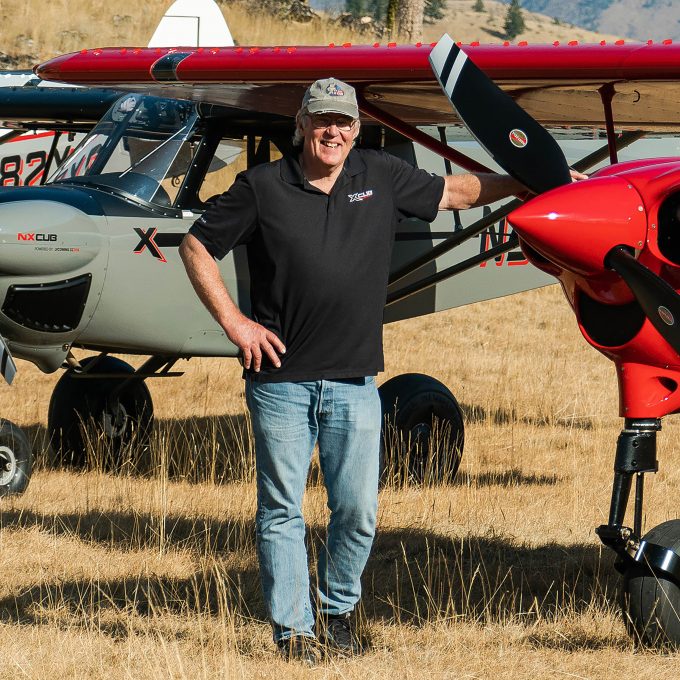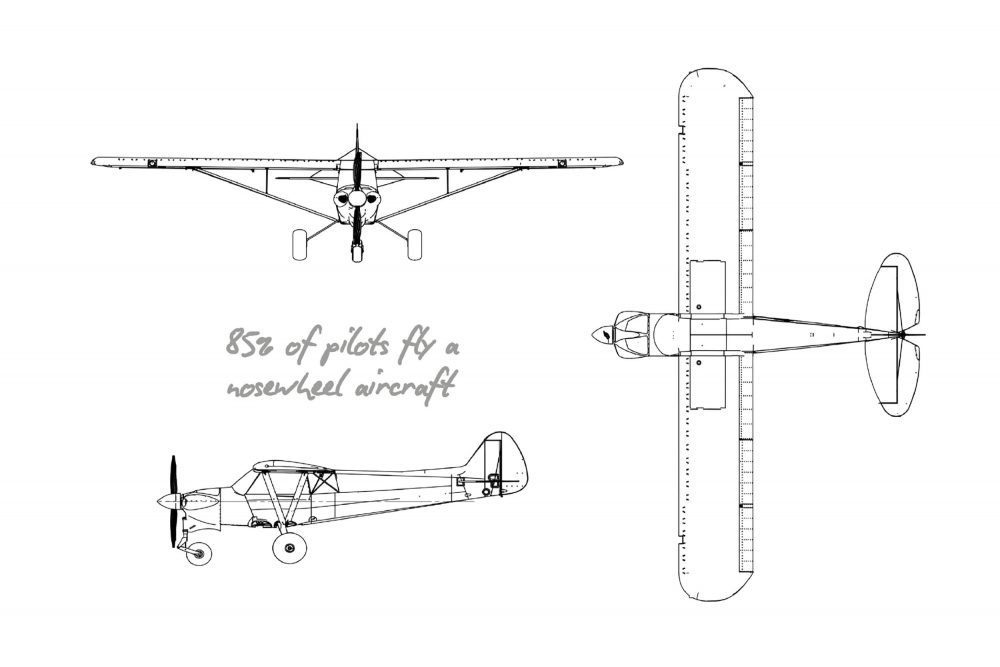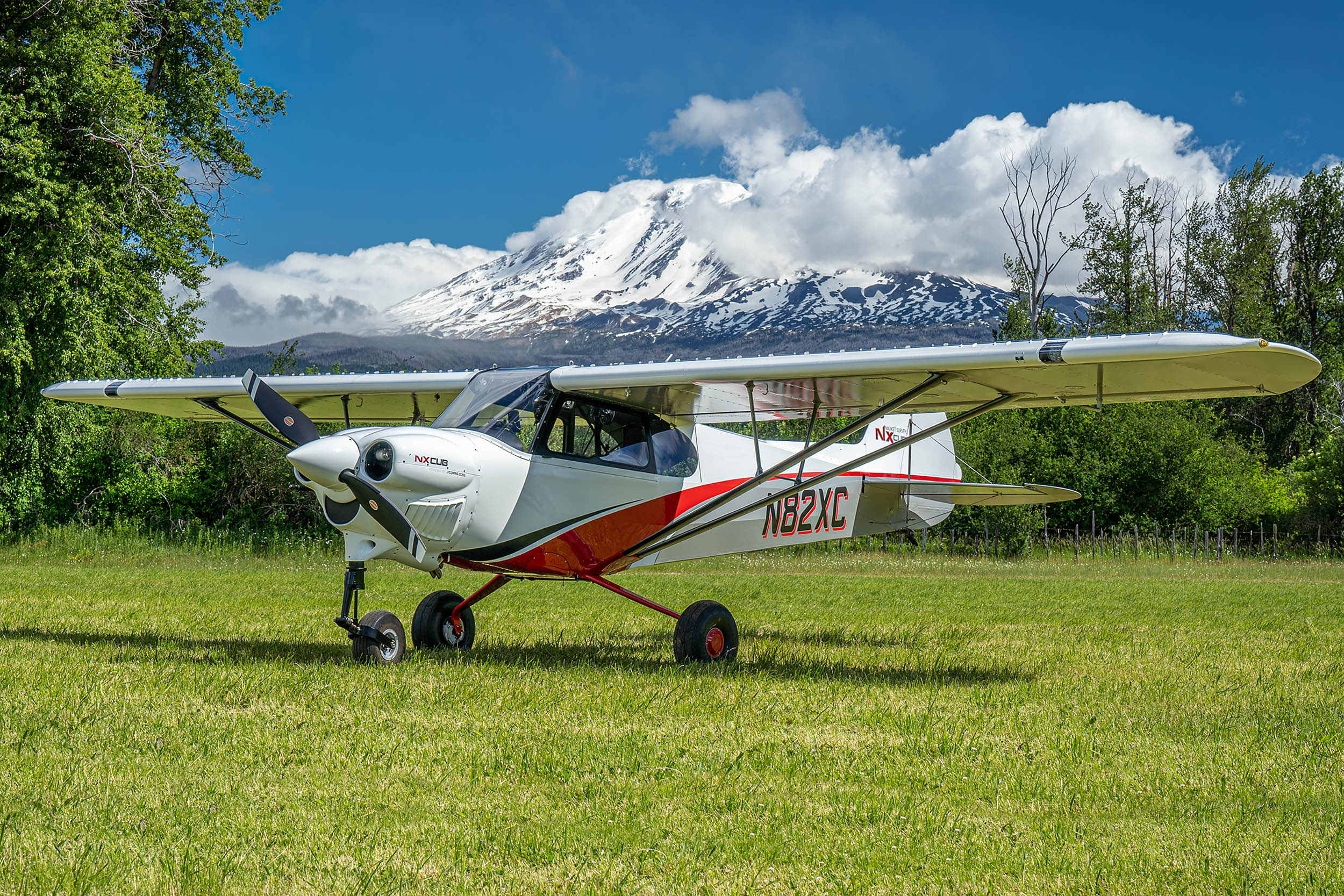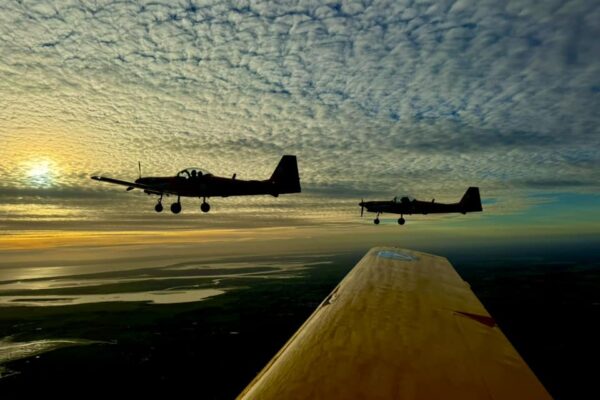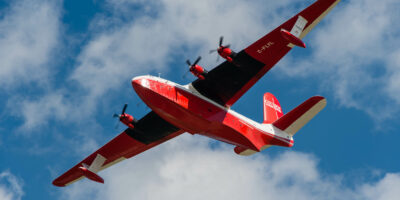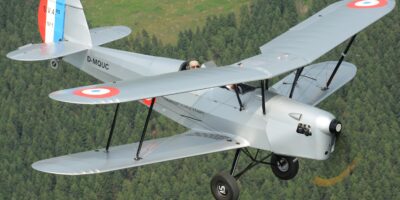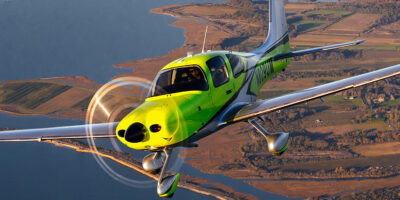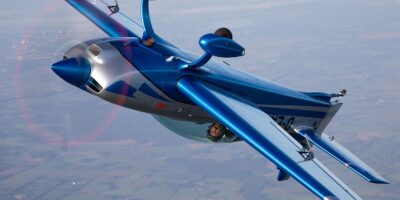A nosewheel on a Cub? Piper Cub specialists CubCrafters has dared to do something that some say breaks with tradition and is, well, ugly. I’ve always been a bit annoyed by that kind of talk. The comments come from ‘real’ pilots who would never fly an aircraft that has the third wheel on in the wrong place – the front. I never managed to become a real pilot. I have flown Cessna, Piper, Cirrus and even turboprops and jets – but this world of tailwheel aircraft has remained off-limits to me, for whatever reason.
Apparently I’m not the only one. “For every seven pilots who prefer an aircraft with a tricycle landing gear, there’s just one tailwheel pilot,” says Brad Damm, head of sales and marketing at CubCrafters. Nevertheless, the company from Yakima in Washington State, USA, has so far concentrated exclusively on the ‘real’, i.e. tailwheel, pilots as customers.
CubCrafters’ Carbon Cub is one of the most perfected variants of the Piper Cub concept, built for the kind of extreme bush flying that European pilots, who are accustomed to airfield constraints, often only know from YouTube movies. Launched in 2009 as the Super Sport Cub, it was renamed in 2010 as the Carbon Cub. More than 500 have been delivered, factory built to Light Sport Aircraft (LSA) standard, or available as an experimental factory-assisted, self-build kitplane.
The XCub presented in 2016 went one better. Not only did the XCub have significantly more power, but it was also fully type certified to FAA Part 23 standards. During that process it gained 150kg more weight and was only available as a tailwheel. Fair enough, that was what CubCrafters’ customers had seemed to want.


